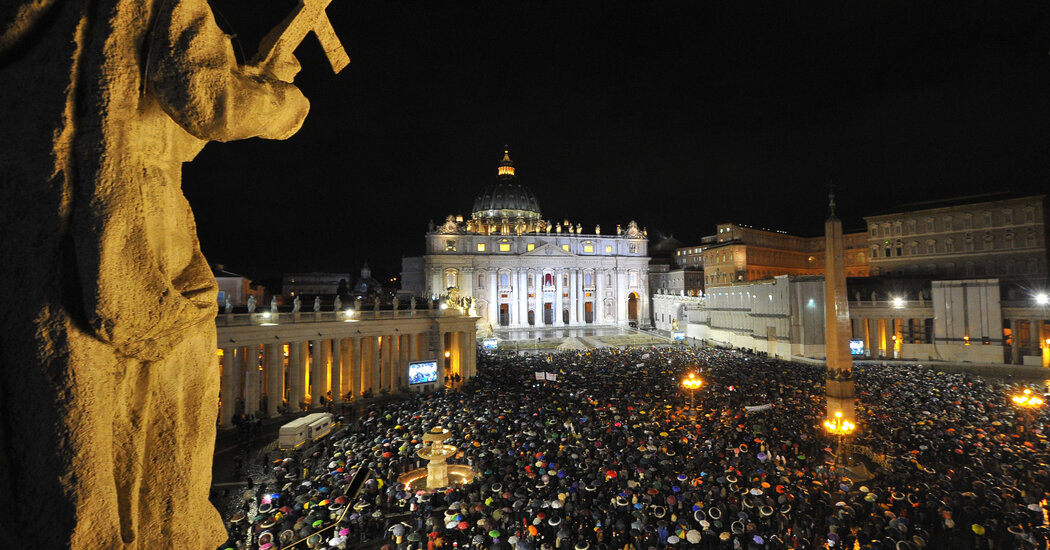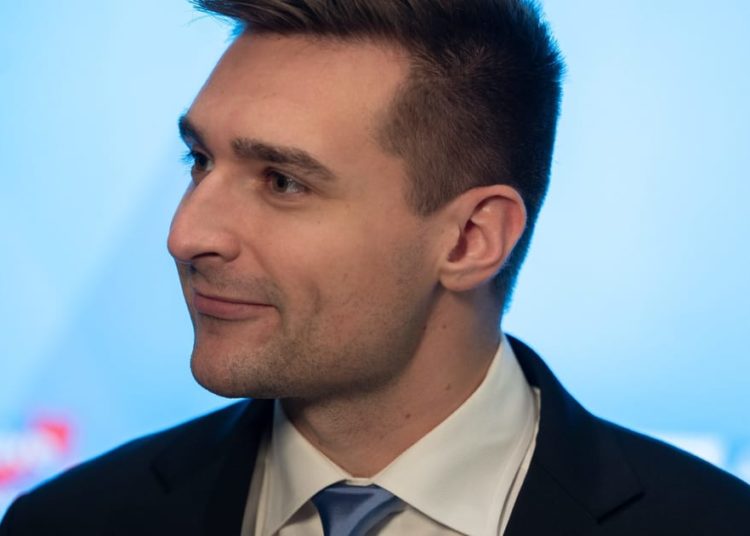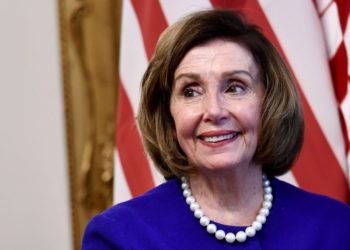Pope Francis has died, the Vatican announced on Monday, ending a groundbreaking pontificate. Cardinals will now decide whether to continue his approach or restore more doctrinaire leadership.
The death of a pope sets in motion a chain of rituals and procedures, many of which have remained unchanged for centuries. They were drafted and refined to ensure secrecy and an orderly transition.
Several Vatican officials step into designated roles to certify the pope’s death, organize a public viewing and a funeral, and to initiate the process for selecting a successor.
Here is what to expect for the period between pontiffs known as the interregnum.
Who takes charge at the Vatican?
Immediately after a pope’s death is confirmed by the head of the Vatican’s health department and the body is dressed in a white cassock and brought to the pope’s private chapel, the cardinal chamberlain of the Holy Roman Church becomes the Vatican’s de facto administrator.
That position, known by the Italian title camerlengo, is held now by Cardinal Kevin Joseph Farrell, a 77-year-old American of Irish origin, who was appointed by Francis in 2019.
The camerlengo and other officials, along with members of the pope’s family, congregate in the chapel for a ceremony. The body is placed in a coffin made of wood and lined with zinc. The pope is dressed in red, his miter and pallium placed next to him.
After the ceremony, the camerlengo drafts a document authenticating the pope’s death, affixing the doctor’s report. He secures the pontiff’s private papers and seals his apartments, which in the case of Francis are a large section of the second floor at the Casa Santa Marta, the Vatican City guesthouse used by visiting cardinals, where Francis lived throughout his 12-year papacy.
He also arranges for the destruction of the so-called fisherman’s ring, used by the pope to seal documents, with a ceremonial hammer to prevent forgeries.
What does the pope’s funeral look like?
The College of Cardinals decides on the day and hour that the pope’s body will be brought to St. Peter’s Basilica, in a procession led by the camerlengo.
When John Paul II died in 2005, his body was brought to the Apostolic Palace within hours for a private viewing for cardinals, bishops and other members of the church hierarchy, as well as prominent Italian officials. Two days later, tens of thousands thronged the broad avenue leading to the basilica to pay their last respects to the pope, who lay on a red bier placed on a pedestal in front of the main altar.
Rewriting the funeral rites in 2024, Francis simplified several elements. He did away with the viewing in the Apostolic Palace, as well as the raised pedestal in the basilica.
Funeral rites in various churches in Rome will last nine days, with the pope entombed four to six days after his death.
The coffin is closed the night before the funeral. The pope’s face is covered by a white silk veil and he is buried with a bag containing coins minted during his papacy and a canister with a “rogito,” or deed, briefly listing details of his life and papacy. The rogito is read aloud before the coffin is closed.
John Paul II’s funeral was held six days after he died, an outdoor Mass witnessed by hundreds of thousands.
Francis had asked to be buried in the Basilica of St. Mary Major, a church dear to him and one he often visited to pray in front of an icon of the Virgin Mary.
When does the conclave begin?
The dean of the College of Cardinals, Cardinal Giovanni Battista Re, 87, summons the cardinals to Rome for the conclave to elect Francis’ successor.
Within 15 to 20 days of a pope’s death, the cardinals meet in the Sistine Chapel to vote by secret ballot. Only cardinals under age 80 are eligible to vote. Out of the 252 current cardinals, most appointed by Francis, 138 are cardinal electors, as those allowed to vote are known.
All cardinal electors must swear an oath of secrecy. A two-thirds majority is needed to elect a new pope, and politicking is part of the process.
Cardinals are not allowed to leave the conclave except in rare cases. The word conclave — from the Latin “with key” — refers to the isolation imposed on them, which is meant keep the electoral process from dragging on.
During the conclave, the cardinals live in Casa Santa Marta, which was built on John Paul II’s orders to replace the improvised rooming arrangements in the papal palace that had previously housed them.
How will we know when a pope is elected?
To follow how the conclave is going, the curious can look to the skies above the Vatican.
After every vote, smoke is released through a chimney that can be seen from St. Peter’s Square, where crowds typically form to watch and wait. If a vote ends without a two-thirds majority, the smoke is colored black.
When a decision is reached, the smoke is white.
Inside the Vatican, the dean of the college asks the chosen successor whether he accepts the job. After getting the presumed yes, the dean asks him the name he wishes to be called as pope.
In the sacristy of the chapel, the new pontiff is dressed in a white cassock and red cape. After greeting the cardinals, he proceeds to a balcony of St. Peter’s Basilica, where a senior cardinal proclaims, in Latin, “Habemus papam.” (We have a pope.)
Thus he introduces the world to the church’s new leader.
Elisabetta Povoledo is a Times reporter based in Rome, covering Italy, the Vatican and the culture of the region. She has been a journalist for 35 years.
The post How Will a New Pope Be Chosen After Francis’ Death? appeared first on New York Times.




